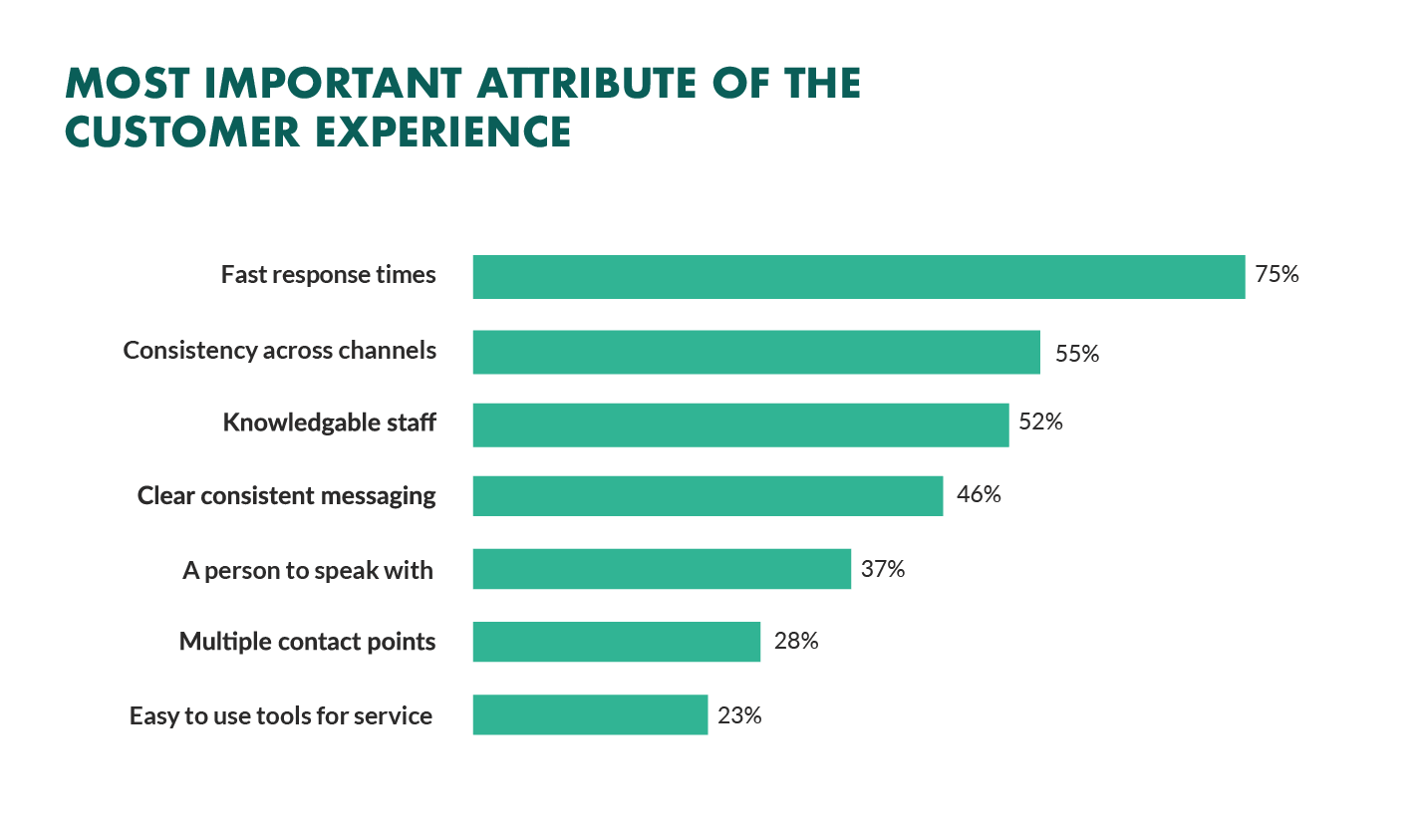Table of Contents
In today’s fast-paced world, customer expectations are high. When they encounter issues or have questions, they crave immediate answers. That’s where Mean Response Time (MRT) comes in – a crucial metric that measures how quickly a business responds to customer inquiries. At PageFly, we understand the significant role MRT plays in ensuring customer satisfaction and fostering long-lasting relationships.

Table of Contents
Why Does MRT Matter for Customer Satisfaction?
What is the ideal waiting time for resolving a customer’s issue? Does a quicker response time always equate to a superior experience?
In assessing the quality of customer service interactions, time emerges as a significant influencer. Thus, it becomes clear that response times play a crucial role in shaping customer satisfaction. Customer satisfaction and experience during response time serve as key drivers of business success. A delayed response can result in a negative business encounter.
Here are some key reasons why keeping MRT low is a priority at PageFly:
Prompt Response Speeds
Customers appreciate feeling valued. A low MRT demonstrates our commitment to providing fast and professional customer support. Studies by Forrester Research show that 70% of customers are more likely to return to a business that responds quickly to their inquiries. Conversely, high MRT can lead to frustration and potentially drive them to competitors.
Enhanced Customer Experience
A speedy response contributes to a positive customer experience. When customers receive prompt and effective answers, they feel cared for and are more likely to be satisfied with PageFly’s products or services. They might even recommend us to their network! On the other hand, high MRT can create a negative experience, leaving customers feeling disappointed and frustrated. This can damage our reputation and erode customer trust.
 Ref: Superoffice
Ref: Superoffice
Increased Customer Loyalty
Businesses with excellent customer support cultivate loyal customers. Low MRT is a significant factor in delivering exceptional support. Satisfied customers are more likely to continue using PageFly’s products or services in the future. Conversely, high MRT can lead to customer churn, pushing them towards competitors.
Our Commitment to Fast and Efficient Support
At PageFly, we’re dedicated to providing exceptional customer support. Here’s how we ensure a low MRT:
- Growing Our Support Team: We’re continuously expanding our customer support team to handle inquiries efficiently.
- The Power of Automation: We leverage automation technology to address simple inquiries promptly, freeing up our team for more complex issues.
- Multiple Support Channels: We offer various support channels, including email, live chat, and phone, catering to different customer preferences.
- Investing in Training: We invest in training our support agents on PageFly’s products and services, ensuring they’re well-equipped to handle customer inquiries effectively.
- The Result: Low MRT, High Customer Satisfaction
- Thanks to these efforts, PageFly has achieved a low MRT, maintaining high customer satisfaction. We constantly strive to improve our customer support and provide the best possible experience for our valued customers.

Conclusion
At PageFly, MRT is more than just a number—it’s a reflection of our commitment to our customers. We understand that effective communication is key to building trust and loyalty. By prioritizing rapid responses, we not only solve issues efficiently but also validate our customers’ choices in selecting us as their preferred provider.
By Nora